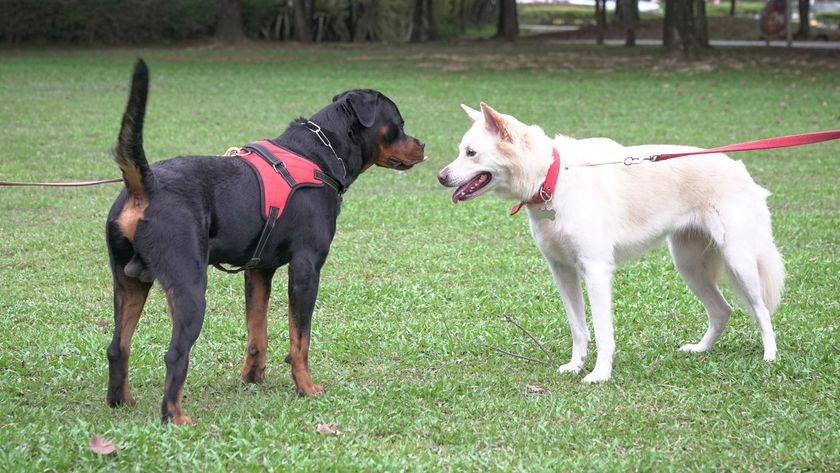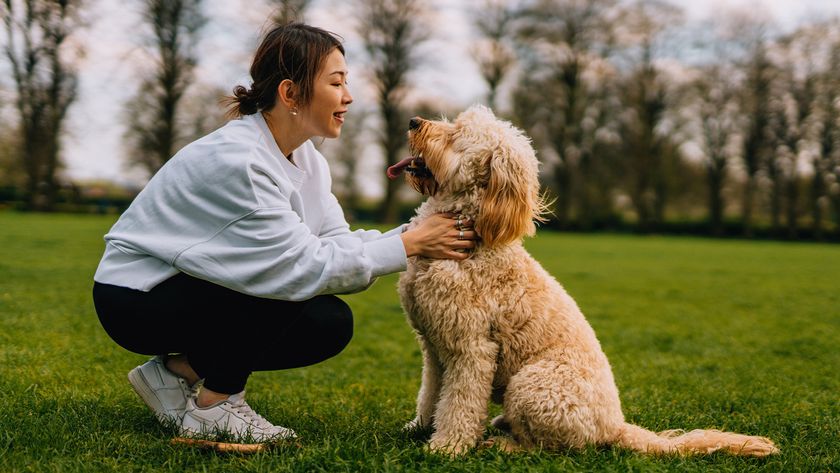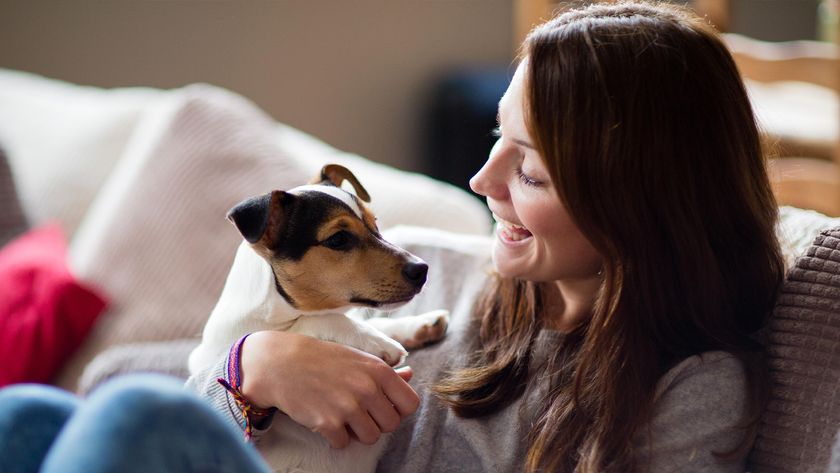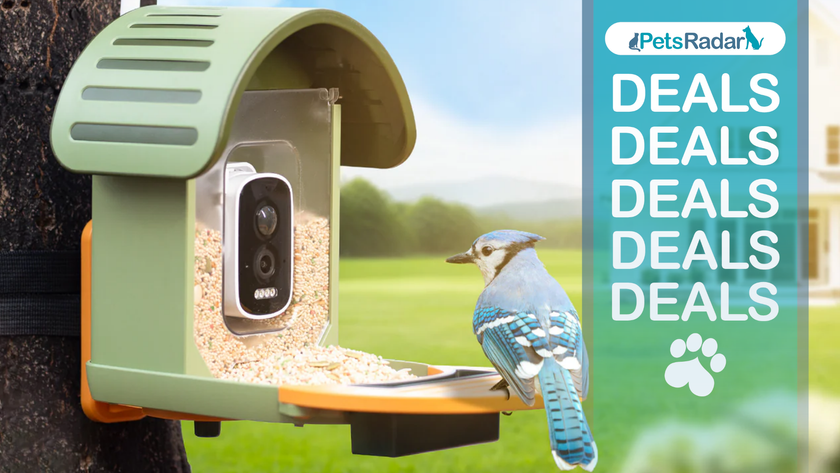Trainer reveals the one mistake you want to avoid making if your dog is leash reactive
Is your dog leash reactive? Try making this simple swap when you're out walking and enjoy a calmer stroll with your canine companion
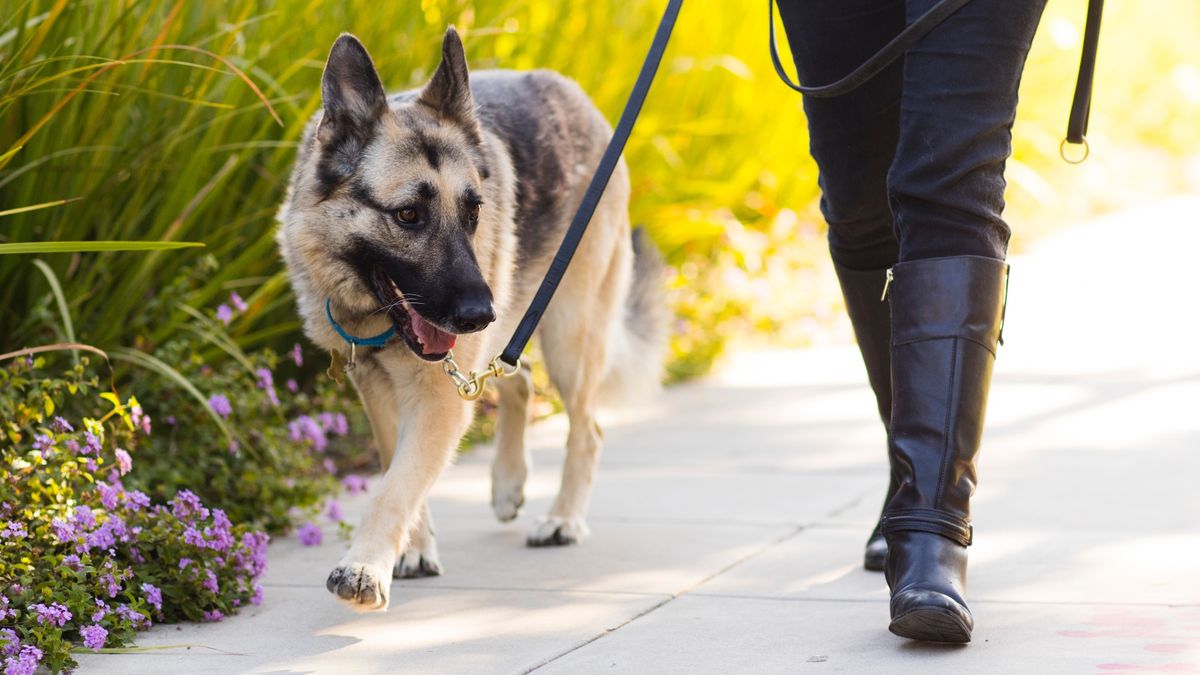
Disclaimer: Unless specifically stated, any expert comments quoted in this news piece have been taken directly from the Instagram post cited below.
Are you the owner of a reactive dog? If so, the chances are that there are a lot of moments in day-to-day life that prove to be really challenging — particularly those daily walks with your canine companion.
Reactive dogs become easily triggered and overwhelmed by common stimuli, and this can be especially evident when they're being walked.
That's why learning how to calm a reactive dog is so important.
Behaviors like barking, lunging, jumping up, and growling, can make walking your dog incredibly stressful. Thankfully, expert trainer Adam Spivey says there is a solution.
In a video posted to Instagram, Spivey revealed the simple thing you can do to help your reactive dog stay relaxed when they're on a leash — and it's a real game-changer.
Read on to find out what to do...
PetsRadar Newsletter
Get the best advice, tips and top tech for your beloved Pets
A post shared by Southend Dog Training (@southenddogtraining)
A photo posted by on
Most of us make a very common mistake when it comes to walking our reactive dogs, and that's letting them walk in front of us.
To demonstrate why this is so problematic, Spivey uses a real life training situation where a woman begins to walk her reactive dog, letting him remain out in front.
When the dog spots a trigger, he immediately begins to bare his teeth, growl, bark, and lunge — all well known behaviors associated with reactivity.
"Ask him to sit," Spivey instructs his client, who does this before stepping in front of her dog.
The trigger (in this case a stranger) is brought back in and while the dog does begin to growl again, a simple and firm 'enough' is now all it takes to get him to stop and seconds later, to lie down and relax.
"In front, your dog has to deal with everything first," Spivey explains.
"The threat gets closer, they react. You getting your dog to sit and taking one step forward shows your dog that you've got this.
"Don't leave your nervous dog to have to control the situation. Always advocate for your dog."
Reactivity is one of the hardest issues to deal with as a pet parent, so please do consult a qualified trainer if you feel you and your pup would benefit from some extra support in this area.

Kathryn is a freelance writer who has been a member of the PetsRadar family since it launched in 2020. Highly experienced in her field, she's driven by a desire to provide pet parents with accurate, timely, and informative content that enables them to provide their fur friends with everything they need to thrive. Kathryn works closely with vets and trainers to ensure all articles offer the most up-to-date information across a range of pet-related fields, from insights into health and behavior issues to tips on products and training. When she’s not busy crafting the perfect sentence for her features, buying guides and news pieces, she can be found hanging out with her family (which includes one super sassy cat), drinking copious amounts of Jasmine tea and reading all the books.
